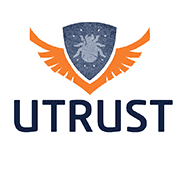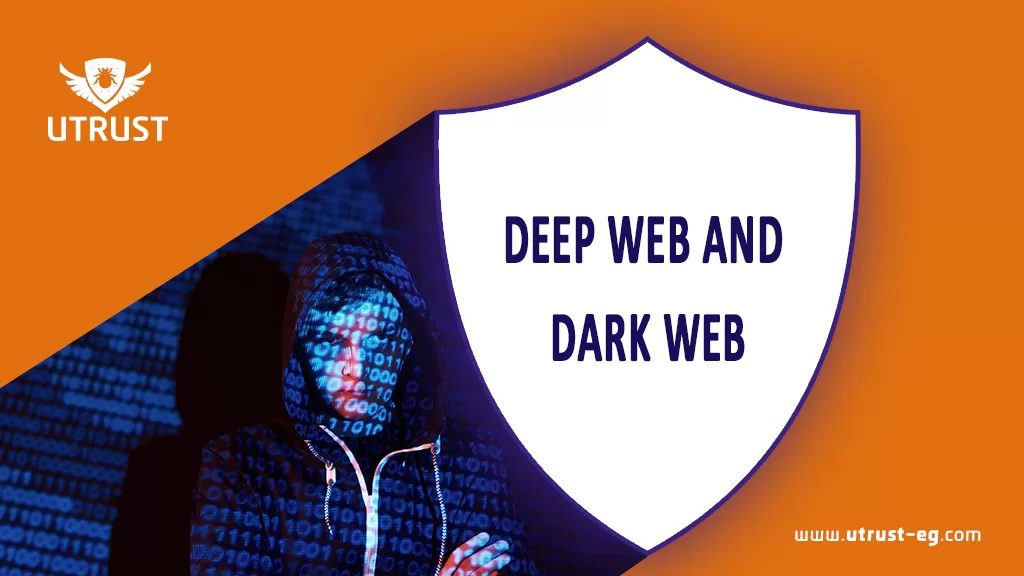Understanding the Deep and Dark Web
Before delving into protective measures, it’s crucial to grasp the distinctions between the deep web and dark web. While the deep web comprises unindexed content not easily accessible through traditional search engines, the dark web represents a concealed subset that necessitates specialized tools like Tor for entry. The dark web, notorious for illicit activities, operates on encrypted networks, fostering anonymity and facilitating illegal transactions.
Strengthening Information Security
- Enforce Strict Access Controls: Limit access to sensitive data to authorized personnel, employing robust passwords, regular updates, and multi-factor authentication for enhanced security.
- Educate Employees on Cybersecurity: Train staff on identifying phishing attempts, navigating securely, and safeguarding sensitive data. Provide ongoing awareness training to counter emerging threats effectively.
- Utilize Secure Networks and Encryption: Implement firewalls, intrusion detection systems, and encryption technologies to fortify network security and protect data in transit and at rest.
- Maintain System Updates: Regularly patch software and systems to mitigate vulnerabilities that cybercriminals could exploit, enhancing your overall security posture.
- Conduct Routine Security Assessments: Periodic evaluations of network and system vulnerabilities through penetration testing and vulnerability scanning are crucial to identifying and remedying security gaps.
- Deploy Data Loss Prevention Measures: Employ DLP solutions to monitor and control data flow, preventing inadvertent leaks and unauthorized data dissemination.
- Regularly Backup Data: Safeguard critical data by maintaining secure backups and testing restoration procedures periodically to ensure data integrity.
- Establish Incident Response Plans: Develop comprehensive incident response and disaster recovery plans to navigate security breaches efficiently and mitigate potential data loss consequences.
- Secure Third-Party Relationships: Verify and oversee the security practices of external vendors with access to your data, ensuring they align with stringent security standards.
- Monitor Suspicious Activities: Employ intrusion detection systems and security monitoring tools to identify and address any unauthorized or suspicious activities within your network promptly.
Collaboration with Cybersecurity Experts
Consider engaging cybersecurity professionals to conduct audits, provide guidance, and tailor security measures to your organization’s specific requirements. Their expertise can bolster your defenses and fortify your information security framework against evolving threats.
By embracing proactive cybersecurity practices and fostering a security-conscious culture, you can significantly reduce the risk of your company’s information falling into the wrong hands on the deep and dark webs. Remember, vigilance and continuous improvement are key to safeguarding your valuable data assets.
Comments are closed.





